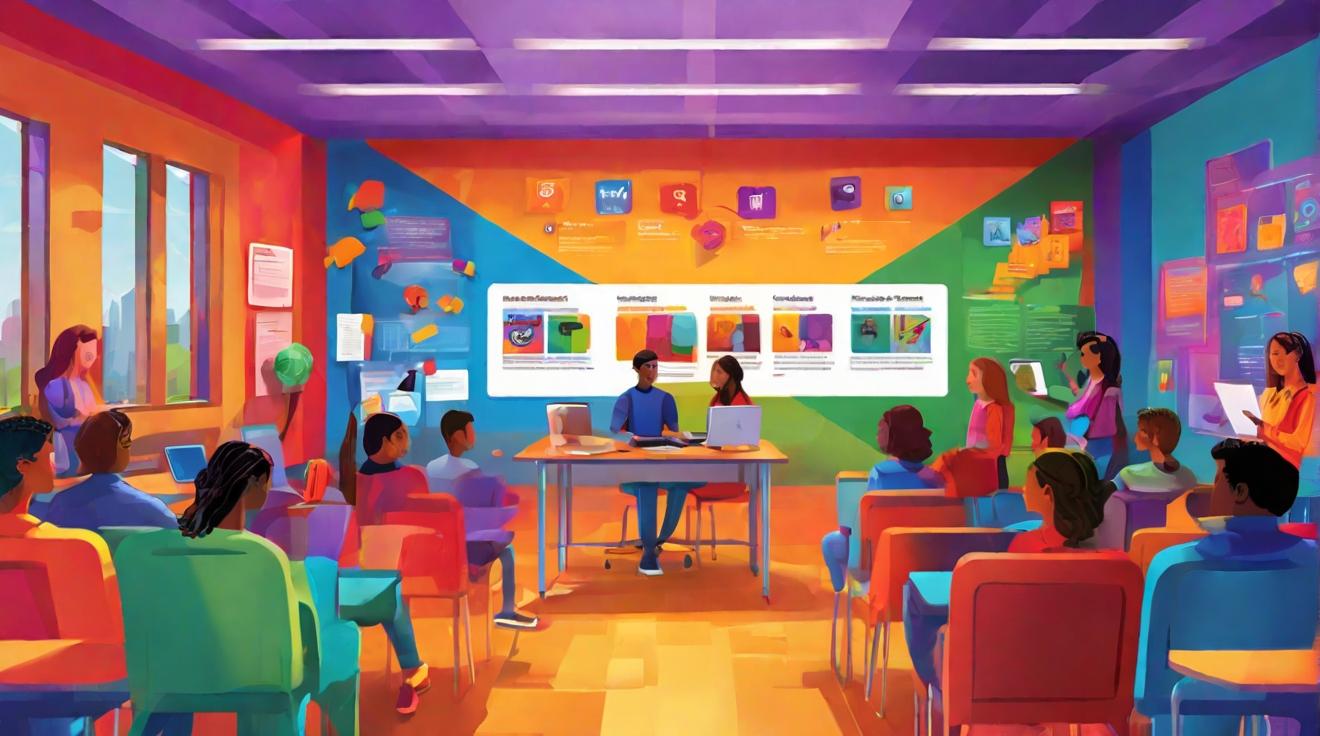Google Classroom vs. Microsoft Teams for Education: A SWOT Analysis of Leading Online Learning Platforms
In the rapidly evolving domain of educational technology, two giants stand out in the arena of online learning platforms: Google Classroom and Microsoft Teams for Education. As schools and universities worldwide continue to blend traditional teaching methods with digital solutions, the choice between these two platforms becomes pivotal. This article presents a comprehensive SWOT analysis (Strengths, Weaknesses, Opportunities, and Threats) of each, drawing insights into their capabilities, limitations, and the impact they're having on the educational landscape.
Strengths
Google Classroom, part of the broader G Suite for Education, excels in simplicity and integration. Its user-friendly interface ensures that even the least tech-savvy educators can navigate it with ease. The platform's seamless integration with other Google services, like Google Docs and Google Drive, fosters a collaborative environment conducive to learning. Moreover, Google Classroom's ability to function efficiently on low-bandwidth connections makes it accessible to a wider audience, breaking down some of the barriers to education.
On the other hand, Microsoft Teams for Education leverages its comprehensive suite of features designed specifically for educational institutions. Its integration with the Office 365 suite brings an unmatched level of productivity and collaboration to the table. Teams go beyond classroom management to include features like virtual meetings, assignment feedback tools, and a class notebook. The platform's emphasis on creating a collaborative classroom experience is its greatest strength.
Weaknesses
Despite its advantages, Google Classroom's simplicity can also be its Achilles' heel. The platform lacks several advanced features present in Microsoft Teams, such as real-time collaboration on documents within the platform itself. This limitation can sometimes necessitate the use of additional tools, complicating the teaching process.
Conversely, Microsoft Teams' comprehensive feature set can also be overwhelming for new users. The learning curve associated with maximizing the platform's potential can deter educators looking for a more straightforward solution. Additionally, Teams' reliance on a robust internet connection can limit its accessibility in regions with poor connectivity.
Opportunities
The global shift towards online learning opens vast opportunities for both platforms. Google Classroom could enhance its appeal by integrating more advanced analytical tools, enabling educators to track student progress more effectively. Additionally, expanding its language support can make it a truly global platform.
Microsoft Teams for Education could capitalize on its robust platform by tailoring more features specifically for the educational sector, such as tools for grading automation and plagiarism detection. Furthermore, increasing its reach in developing countries by optimizing for lower bandwidths could significantly impact its user base.
Threats
The primary threat to both platforms comes from the competitive landscape of educational technology, where innovative startups are continuously emerging. These new entrants often introduce cutting-edge features based on AI and machine learning, challenging the dominance of established players.
Additionally, concerns about data privacy and security in the digital education space can impact the adoption of these platforms. Both Google and Microsoft must continually invest in securing their platforms and ensuring user data is protected to maintain the trust of educational institutions.
Conclusion
Choosing between Google Classroom and Microsoft Teams for Education depends on the specific needs and constraints of educational institutions. Google Classroom's simplicity and ease of use make it ideal for straightforward classroom management and assignments, particularly in areas with limited internet access. In contrast, Microsoft Teams offers a more robust, feature-rich platform suited for institutions requiring extensive collaboration and productivity tools.
As the educational landscape continues to evolve, both platforms play pivotal roles in shaping the future of online learning. Their ongoing development and adaptation to the needs of educators and students will be crucial in their quest to support accessible, effective, and engaging education worldwide.













